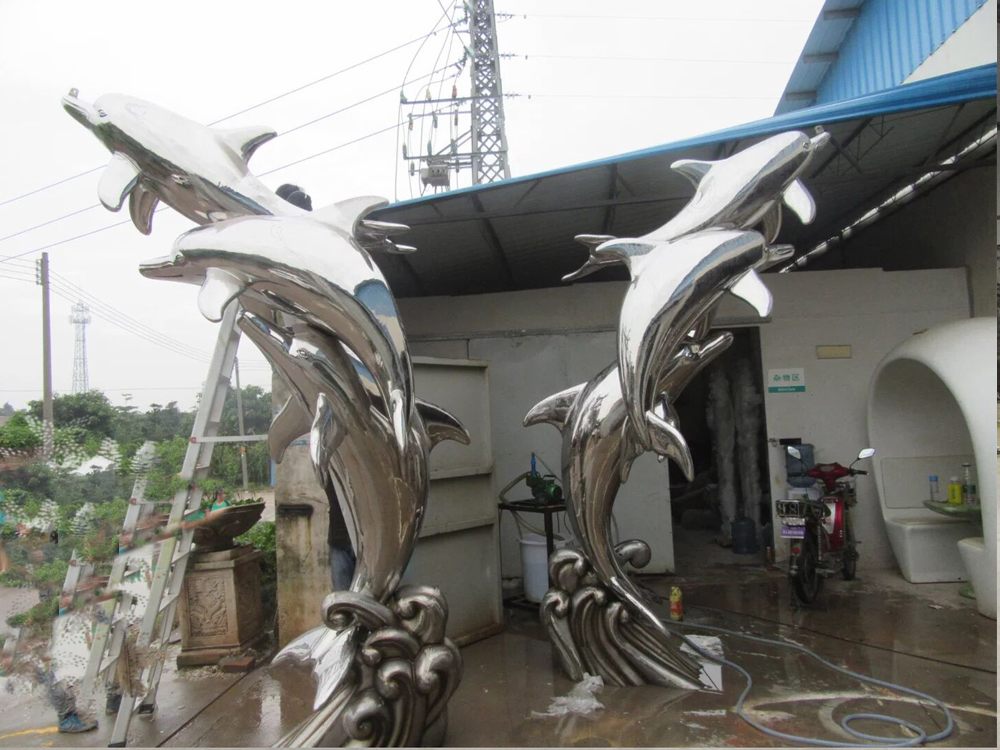
The intersection of modern technology and traditional artistry has sparked a fascinating evolution in porcelain sculpture craftsmanship. Among these innovations, 3D printing stands out as a transformative force, reshaping how artisans create and preserve ceramic masterpieces.
One of the most significant impacts of 3D printing is its ability to streamline the design process. Traditional porcelain sculpture requires meticulous hand-carving and molding, often taking weeks or months to perfect. With 3D printing, artists can rapidly prototype intricate designs, experimenting with shapes and textures that would be nearly impossible to achieve by hand. This not only accelerates production but also expands creative possibilities.
Moreover, 3D printing enhances precision. Porcelain, known for its delicate nature, demands flawless execution. Digital tools allow artisans to refine details with unparalleled accuracy, reducing material waste and ensuring consistency in mass production. For heritage preservation, 3D scanning and printing enable the replication of antique pieces, safeguarding cultural artifacts from deterioration.
However, the rise of 3D printing has also sparked debates about authenticity. Purists argue that machine-made pieces lack the soul of handcrafted work. Yet, many contemporary artists embrace a hybrid approach, combining 3D-printed bases with hand-finished details to honor tradition while leveraging modern efficiency.
Ultimately, 3D printing doesn’t replace traditional craftsmanship—it redefines it. By merging cutting-edge technology with centuries-old techniques, porcelain sculpture enters a new era where innovation and heritage coexist, inspiring both artists and collectors alike.

